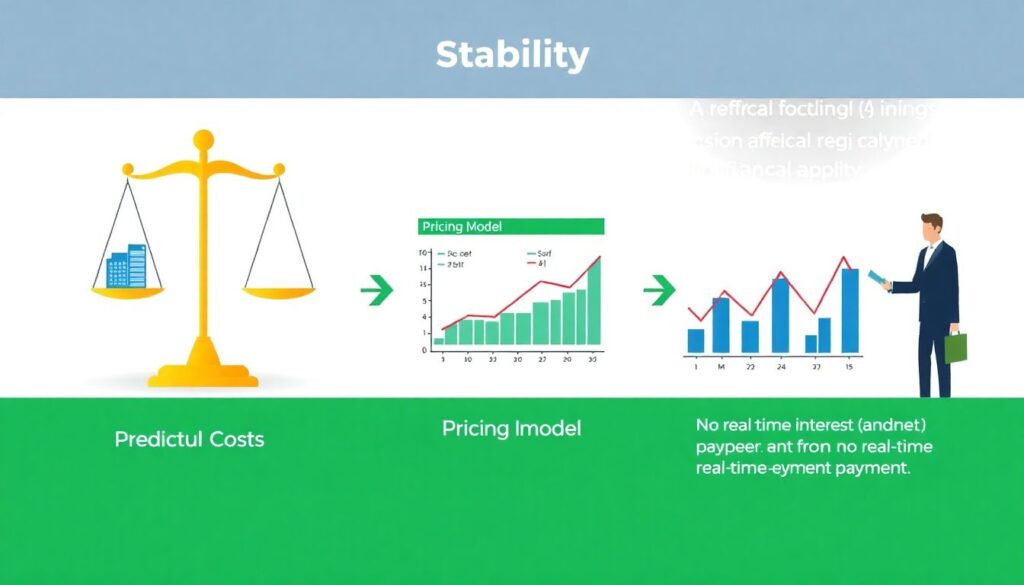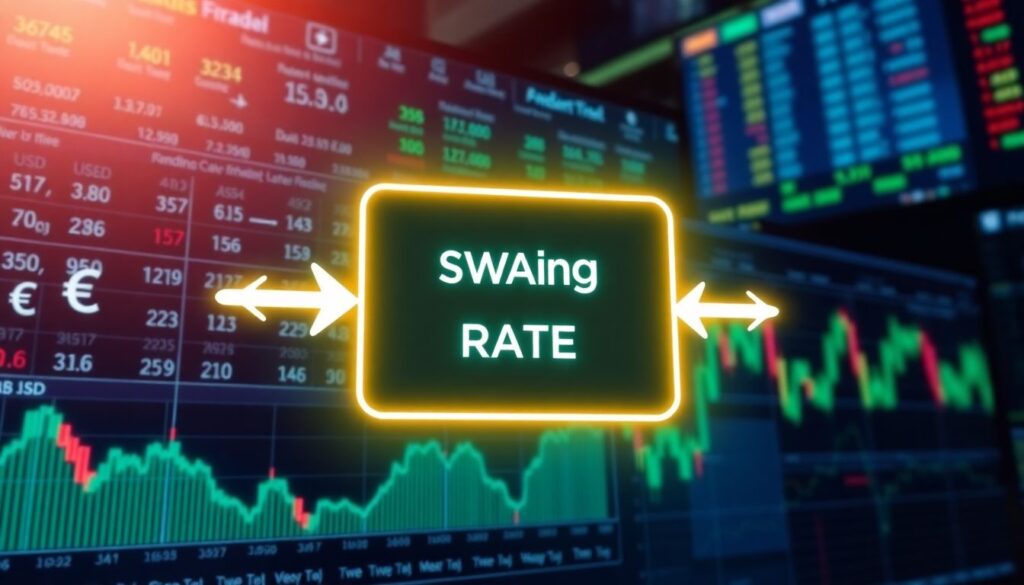Understanding Funding Rates: What Are They and Why They Matter
Before diving into comparisons, let’s clarify what funding rates are. In the world of perpetual futures contracts — especially in crypto markets — funding rates are periodic payments exchanged between long and short traders. These rates ensure that the futures price stays close to the spot price. When the rate is positive, longs pay shorts; when negative, shorts pay longs.
But here’s the catch: funding rates aren’t unique to crypto. Variations of this concept exist across different financial markets like traditional derivatives, Forex, and DeFi platforms. Understanding how funding is handled in each context is crucial for traders looking to optimize their strategies and reduce risk.
Crypto Markets: The Wild West of Funding
Crypto exchanges like Binance, Bybit, and OKX use dynamic funding rates that adjust every 8 hours. These rates are determined by open interest imbalances and market sentiment. If most traders are long, the rate turns positive — incentivizing shorts to enter the market.
Key Characteristics:
– Highly volatile due to speculative behavior
– Rapid funding intervals (typically 8-hour cycles)
– Transparent rate disclosure, but often manipulated by whales
Practical Advice:
– Use funding rate arbitrage: go long on one exchange and short on another with inverse rates.
– Monitor rate history using tools like Coinglass to anticipate spikes.
– Avoid leveraged positions during high funding periods unless you’re hedged.
Traditional Derivatives: Predictable but Rigid
In traditional finance, derivatives like futures and options don’t have funding rates in the same sense. Instead, they rely on interest rate parity models or are cash-settled at expiration. The cost of holding a position is embedded in the contract’s premium or in margin interest charged by brokers.
Key Differences:

– No real-time funding payments
– Costs are predictable and baked into pricing models
– Margin interest is set by brokers and less sensitive to market emotion
Best Practices:
– Use calendar spreads to offset holding costs
– Choose low-margin brokers to minimize financing fees
– Stick to contracts with clear expiry to avoid ambiguity in cost estimation
Forex Swaps: The Overnight Cost You Often Ignore

In FX trading, the funding equivalent is the swap rate — a fee or credit for holding a position overnight. This rate is influenced by interest rate differentials between the two currencies in the pair.
Important Notes:
– Swap rates can be positive or negative
– Triple swaps are applied on Wednesdays to account for the weekend
– Brokers often mark up the rate for profit
How to Navigate Forex Swaps:
– Trade in the direction of positive carry (long the higher-yielding currency)
– Check swap rates before holding a position overnight
– Avoid high-leverage positions in pairs with steep negative swaps
DeFi Lending Protocols: Decentralized Funding Mechanics
DeFi platforms like Aave, Compound, and dYdX offer decentralized alternatives to traditional funding. Here, interest rates are algorithmically determined by supply and demand for assets.
What Sets DeFi Apart:
– Completely transparent and on-chain
– Rates can change every few blocks
– No intermediaries — users interact directly via smart contracts
Optimization Tips:
– Use interest rate aggregators to find the best yields
– Supply stablecoins to reduce volatility exposure
– Monitor protocol governance changes that may affect rates
Comparative Insights: One Size Doesn’t Fit All
Each market handles funding differently, and each has its pros and cons. Crypto is fast and flexible but volatile. Traditional derivatives are stable but lack transparency. Forex offers predictable swaps, while DeFi provides on-chain flexibility but with smart contract risk.
When Choosing a Market, Consider:
– Your risk tolerance
– Investment horizon
– Access to tools and analytics
– Regulatory environment
Conclusion: Strategy Over Speculation

Funding rates can either erode your profits or become a source of yield — depending on how well you understand them. Instead of chasing short-term gains, focus on aligning your position with the funding structure of the market you’re trading in. Whether you’re navigating crypto’s whipsaw rates, hedging in legacy markets, or experimenting in DeFi, the key is to stay informed and adapt your strategy to the funding mechanics at play.

